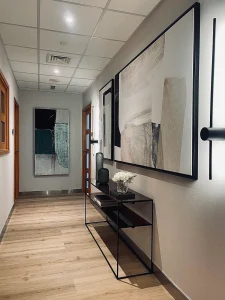
How To Follow Up After Orthopedic Treatment
After completing orthopedic treatment, the next steps matter just as much as the care already received. Keeping track of progress and maintaining daily routines help support recovery. Each part of the follow-up process supports healing in a steady and consistent way.
Attending scheduled appointments:
Post-treatment visits to an orthopedist Dubai are planned to check how bones, joints, or muscles are healing. These check-ups may include physical exams, x-rays, or other scans. They allow the doctor to monitor recovery and notice any delays or changes early on. Skipping these visits might result in missing small signs of concern.
Using support devices correctly:
Casts, braces, slings, or crutches are sometimes necessary after orthopedic treatment. Using them in the way shown by the medical team helps reduce pressure on the injured area. Following the instructions about how long to wear them each day helps keep the healing process steady.
Following home care steps:
Doctors or physiotherapists may share a list of home activities to continue. These might include light exercises, stretches, or applying ice or heat. Each task should be followed at the pace discussed. Moving too quickly or skipping steps might affect progress.
Watching for signs of concern:
Certain changes may want attention. If pain becomes stronger, swelling increases, or a fever appears, it’s best to contact the clinic. Keeping a daily note of changes in pain or movement can be helpful during follow-up visits.
Taking medicine as directed:
Pain relief or anti-inflammatory medicines are sometimes suggested for a short period. Taking them at the time advised can improve comfort and make movement easier. Skipping doses or stopping early might reduce their effect.
Staying active within limits:
Gentle walking or moving the affected area in small amounts may be part of the recovery plan. However, lifting heavy objects, running, or standing for long hours may want to wait. The clinic or therapist generally shares a list of movements to avoid for a certain time.
Staying in contact with the clinic:
If appointments must be rescheduled or questions come up at home, contacting the clinic keeps the care on track. Sharing updates with the medical team gives them a clearer picture of what is happening between visits.















